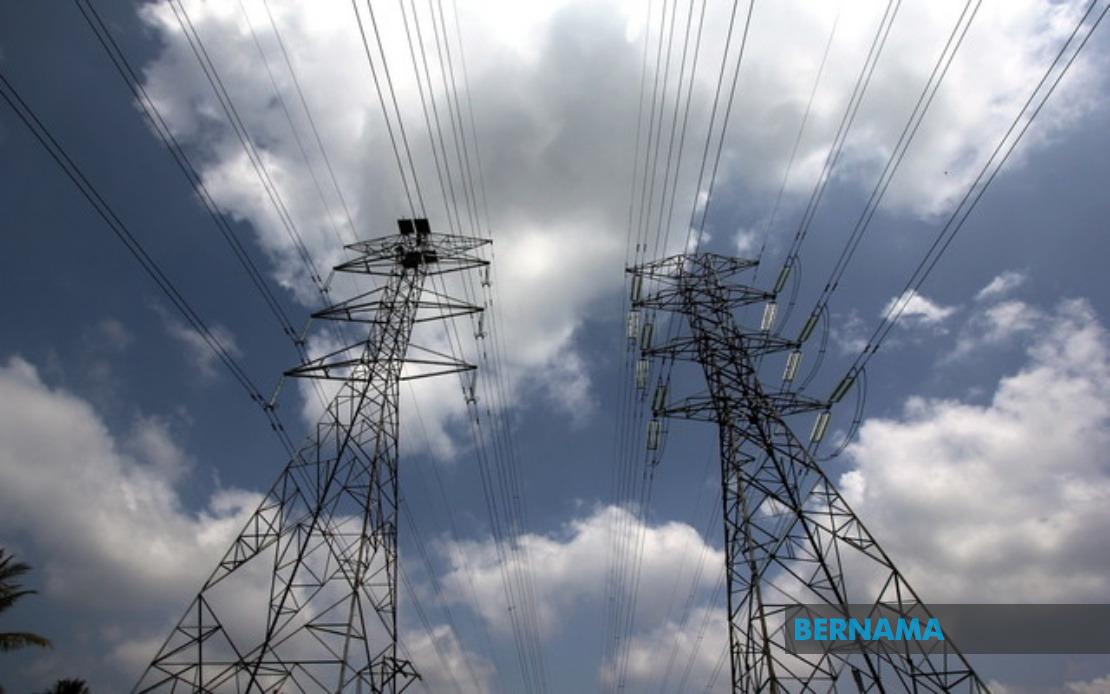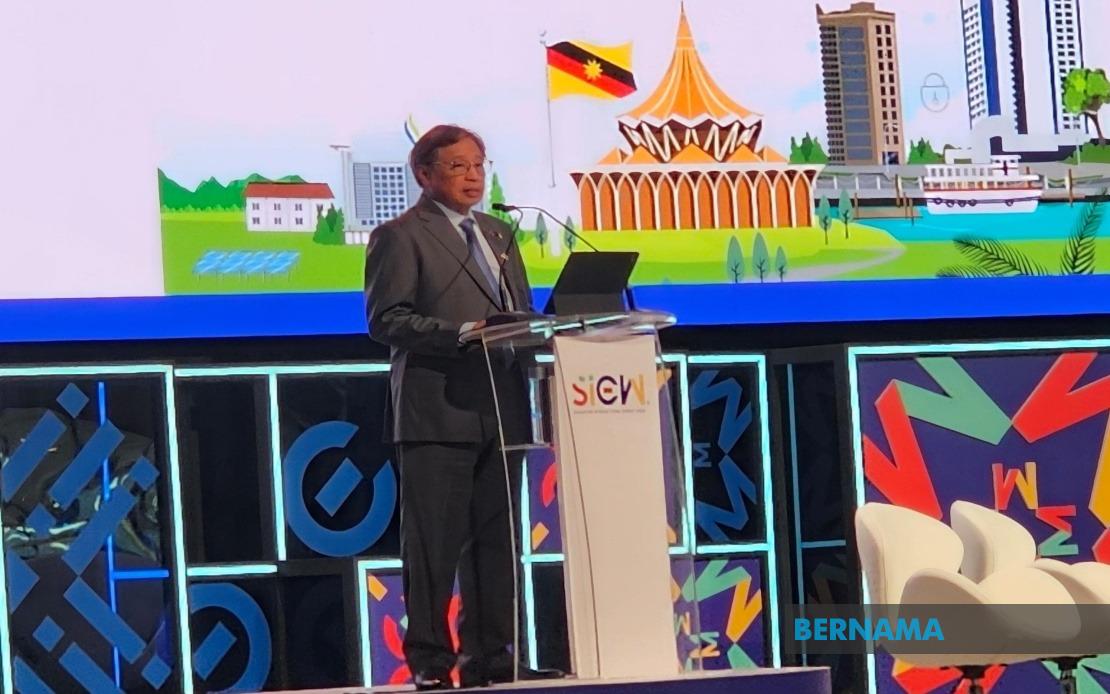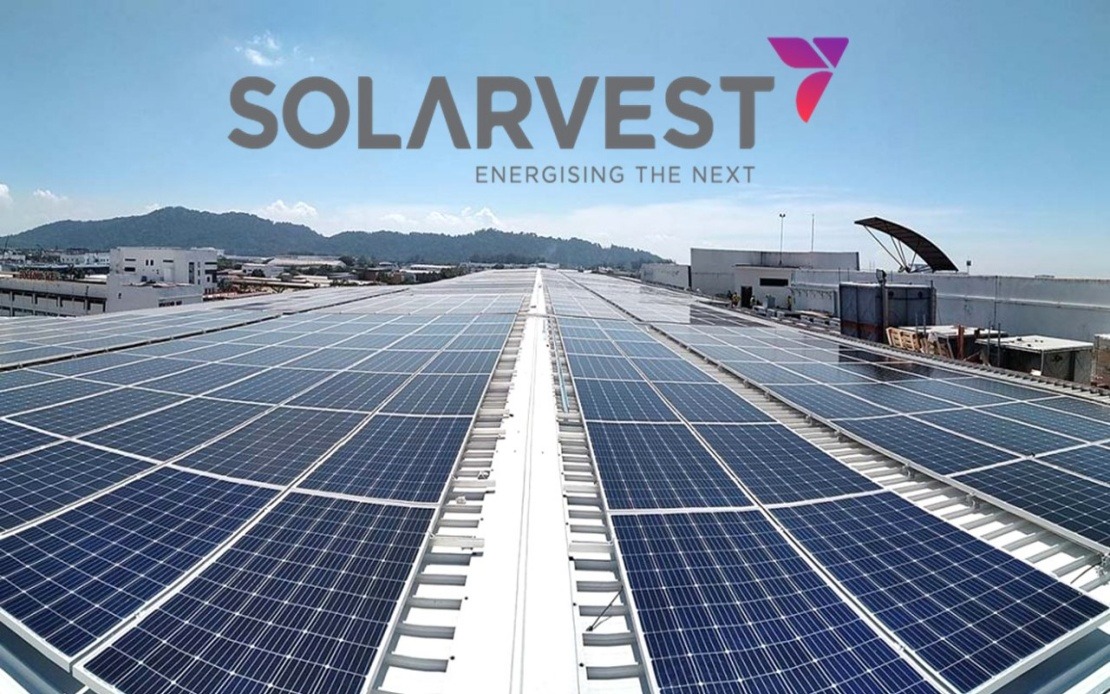News
Mypower Corp Looking At Electricity Tariff Reforms - Fadillah

By Siti Radziah Hamzah
KUALA LUMPUR, Feb 1 (Bernama) -- MyPower Corp is currently undertaking a study to reform the electricity tariff structure, and the outcome of the study is expected to determine the appropriate tariff structure reflecting the actual cost of electricity supply, said Energy Transition and Public Utilities Minister Datuk Seri Fadillah Yusof.
In an interview with Bernama, the minister said the new tariff structure is anticipated to be implemented by 2025, concurrent with the fourth regulatory period (RP4) of Incentive-based Regulation (IBR), which covers 2025 to 2027.
Fadillah, who is also a Deputy Prime Minister, said the decentralisation of the power generation sector has already been in place since the 1990s, and therefore, there should be no regulatory amendments on this matter.
“The implementation of the electricity tariff structure’s reform does not need amendments to the Electricity Supply Act, as its implementation is undertaken by the (Energy Transition and Public Utilities) Ministry through Malaysia Programme Office for Power Electricity Reform or MyPower,” he added.
MyPower is a special purpose agency created to organise the key reforms of the Malaysian Electricity Supply Industry (MESI) initiative that are aligned with the government’s economic transformation programmes.
The MESI transformation agenda seeks to address the industry issues and long-term needs concerning reliability, transparency, efficiency and sustainability of the operations and delivery of electricity in Peninsular Malaysia.
As for the amendment to the Electricity Supply Act 1990, Fadillah said it was still at a very early stage as the ministry and the Energy Commission would organise workshops and engagement sessions with all stakeholders.
He noted that although Malaysia’s electricity supply industry is often perceived as centralised, with state-owned or affiliated enterprises predominantly involved, in reality, the power generation segment in Peninsular Malaysia and Sabah has undergone liberalisation since the 1990s.
Fadillah pointed out that entities like Tenaga Nasional Bhd or Sabah Electricity Sdn Bhd did not operate as exclusive power producers.
“As of now, some 2,500 conventional and renewable energy power producers exist in Malaysia. This diverse landscape illustrates a more varied and competitive power generation sector than the commonly perceived centralised structure,” he said.
Taking into consideration the impacts on the people
Meanwhile, Fadillah said the government is considering implementing more initiatives to boost transparency in the operation of the national grid, including the full separation of the single buyer and grid system operator from the utility company.
In addition, he added that the government would have to deliberate on the most suitable approach to reforming the electricity supply industry, taking into consideration the positive and negative impacts on consumers.
“Globally, there are various mechanisms implemented by different nations to manage the electricity supply industry. However, each (mechanism) has advantages as well as disadvantages,” he said.
Fadillah said that considering the stage of the power-producing industry’s development in Malaysia, any potential reform concerning the management of the electricity supply should be given higher priority to ensure electricity tariffs are affordable for the people.
He noted that open market reforms could lower electricity tariffs for consumers by increasing the competition and efficiency in the electricity sector, but these reforms could also expose the consumers to price volatility and uncertainty as prices would depend on market supply and demand.
“The biggest challenge for the liberalisation of the electricity market is to balance the competing goals of security, affordability and sustainability of electricity supply.
“Therefore, any consideration to reform the electricity supply industry or liberalise the electricity industry must take into consideration the economic and social impacts to the consumers, especially the lower income group,” he added.
-- BERNAMA
Other News
Sarawak Lepasi Sasaran Kapasiti Gabungan Tenaga Boleh Baharu Tahun Ini - Abang Johari

Oleh Nur Ashikin Abdul Aziz
SINGAPURA, 21 Okt (Bernama) -- Sarawak mencapai 62 peratus sasaran campuran kapasiti tenaga boleh baharu (TBB) tahun ini, melepasi sasaran 60 peratus yang digariskan dalam Strategi Pembangunan Pasca COVID-19 (PCDS) 2030.
Sarawak Pacu Pertumbuhan Tenaga Boleh Diperbaharui Untuk Manfaat ASEAN - Premier

SINGAPURA, 21 Okt (Bernama) -- Sarawak komited menyokong peralihan tenaga boleh diperbaharui di Asia Tenggara dengan memanfaatkan potensinya sebagai "Bateri ASEAN," yang akan membekalkan tenaga bersih menerusi sambungan Grid Kuasa Borneo dan ASEAN.
Belanjawan 2025 Percepat Peralihan Kepada Tenaga Bersih - Solarvest

KUALA LUMPUR, 19 Okt (Bernama) -- Belanjawan 2025 merupakan satu langkah ke arah mempercepat peralihan kepada tenaga bersih di Malaysia, kata Solarvest Holdings Bhd.
© 2025 BERNAMA. All Rights Reserved.
Disclaimer | Privacy Policy | Security Policy This material may not be published, broadcast,
rewritten or redistributed in any form except with the prior written permission of BERNAMA.
Contact us :
General [ +603-2693 9933, helpdesk@bernama.com ]
Product/Service Enquiries [ +603-2050 4466, digitalsales@bernama.com ]